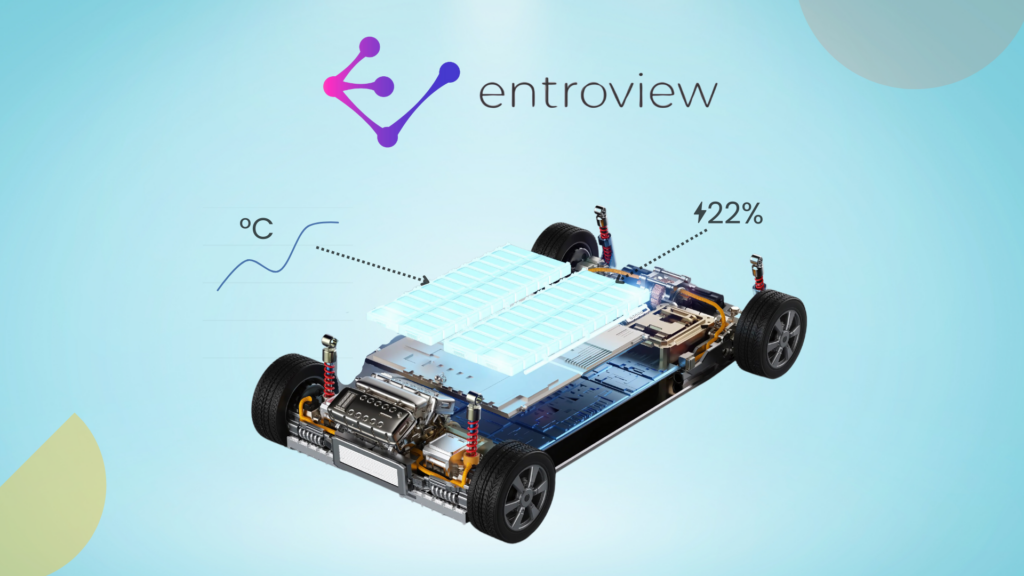If you are leading business and are responsible for its growth you might always be thinking about – What’s next? This ‘what’s next?’ is majorly about futuristic technologies for more than 80% of the businesses and the decision to make a shift.
With the ever-changing nature of technology, businesses have become way more dynamic. Not only this, one needs to take calculated decisions at right time to gain an advantage. In relation to this, major concerns that turn up are:
- When is the right time to shift to the next technology?
- Will this shift help in business growth?
To get the answer to these questions first one needs to judge at what growth stage technology is and what is its impact on business.
The Technology Life Cycle Curve

The image above illustrates the four stages of the technology life cycle which are as follows:
- The research and development (R&D) phase (sometimes called the “bleeding edge”) when incomes from inputs are negative and where the prospects of failure are high
- The ascent phase when out-of-pocket costs have been recovered and the technology begins to gather strength by going beyond some Point A on the TLC (sometimes called the “leading edge”)
- The maturity phase when the gain is high and stable, the region, going into saturation, marked by M, and
- The decline (or decay phase), after a Point D, of reducing fortunes and utility of the technology.
Many companies have already taken advantage of rightly identifying the time to shift and with their openness, to upcoming/developing markets they were able to open new revenue streams.
Let’s take an example of a well-known company Apple – they entered into a music player industry by identifying the need to shift. No need to mention how we see the iPod today and how much market it captured. Not only this, they entered into watch domain to further expand their business.
If you are thinking – it all makes sense but how to do it? I will end your quest and show it to you using the example of smartwatch itself. How top watch companies could have identified the need to shift to smartwatch? Let’s see how patent based insights help here:

Patent filing in watch domain is stagnant whereas in smart watches the interest picked up around 2008 and research activity increased thereafter. This is the first clue of something is happening in the industry. Now let’s take a deeper look at it and identify which type of companies were giving early fire to it.

Before 2012, the innovations in smartwatches were led by the watch manufacturers like (Seiko, Casio, and Citizen). Post-2012, the companies of mobile phone domain such as LG, Oppo Mobile, etc. have contributed to a great extent in the industry.
Also, the big players of the mobile phone world such as Apple, Samsung, Motorola, have a presence in the Smartwatch market, but their patent activity is lesser. It seems that big names like Swatch, Tissot, Tag Heuer, etc. started late or are not having much presence in this area.
Fossil, for example, started late and collaborated with Intel to penetrate in this market. Had the shift been seen and explored by traditional watchmakers they would have captured the market and earned the pie eaten by the non-watch makers.
What more could have solidified the indication to move towards the smartwatch market:
The huge potential of this domain attracted many new companies to enter the domain in the last 5 years and contribution from these companies has risen exponentially. Keeping a watch on such an activity will help in taking a decision about entering this domain.
In the case of a smartwatch, an average of 30% rise is observed in the patent filings of new entrants which indicate increasing interest in the domain.

You might be thinking of what more can strengthen your decision about making the shift. It is the hints about business potential in this direction and one clear indication would be the expansion possibilities. In the smartwatch domain, it was observed from the research interest where many different applications were covered around smartwatch. See it yourself :
Expansion of Smart Watches to other areas

Most of the inventions are focused on the integration of smartwatch with other devices where some of the most important ones include health monitoring features, navigation, and automobile control. Also, there are hints that smartwatch may emerge as an important pillar for smart homes to control various devices.
Among the top 100 new entrants in the market that have filed patents in this domain, very few traditional watchmakers can be seen.
 Apple alone managed to sell between 12 million to 13 million watches in one year. You can imagine what could have been the total unit sale of smartwatches in a year had all the companies been taken into consideration. No need to say what companies like Swatch, Tissot, Tag Heuer Fossil could have earned had they been the early movers in this domain.
Apple alone managed to sell between 12 million to 13 million watches in one year. You can imagine what could have been the total unit sale of smartwatches in a year had all the companies been taken into consideration. No need to say what companies like Swatch, Tissot, Tag Heuer Fossil could have earned had they been the early movers in this domain.
This is not the only case where companies lost a big bet, there are many others like this for example eBooks affected the traditional book market. There might be many areas where, there is still time to take action like smart switches and how it holds the potential to disrupt the traditional switch industry, 3D printing, and many others.
If you are in similar situation and want to know about next shift in your business or how you can quickly move ahead using the breakthroughs from your industry or from other industries then NorthStar is apt to help you in assisting towards these solutions.
NorthStar uses a variety of complex algorithms to capture the technology as per user requirement and then presents it in a manner that is very easy to consume. Not only this, it offers a variety of statics to support your decisions that helps users to differentiate between the booming areas in technology and the stagnant ones.
If you want to know more or want to see NorthStar in action – Ask For A Demo.



